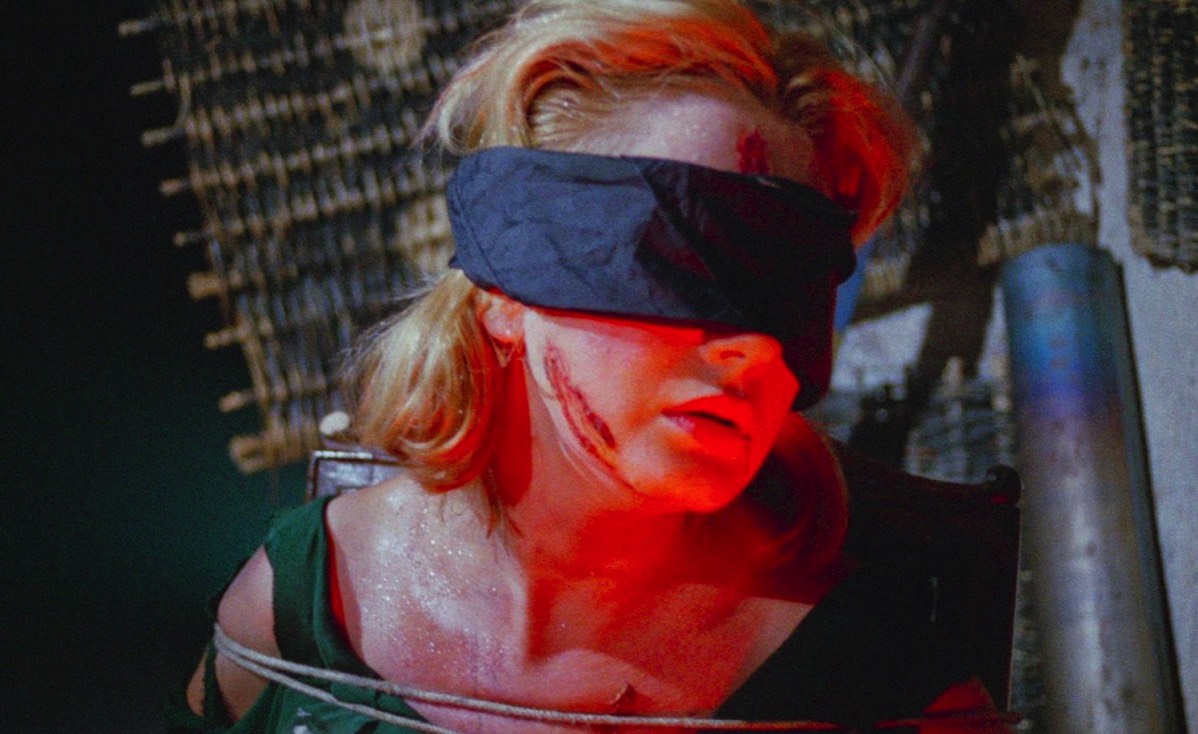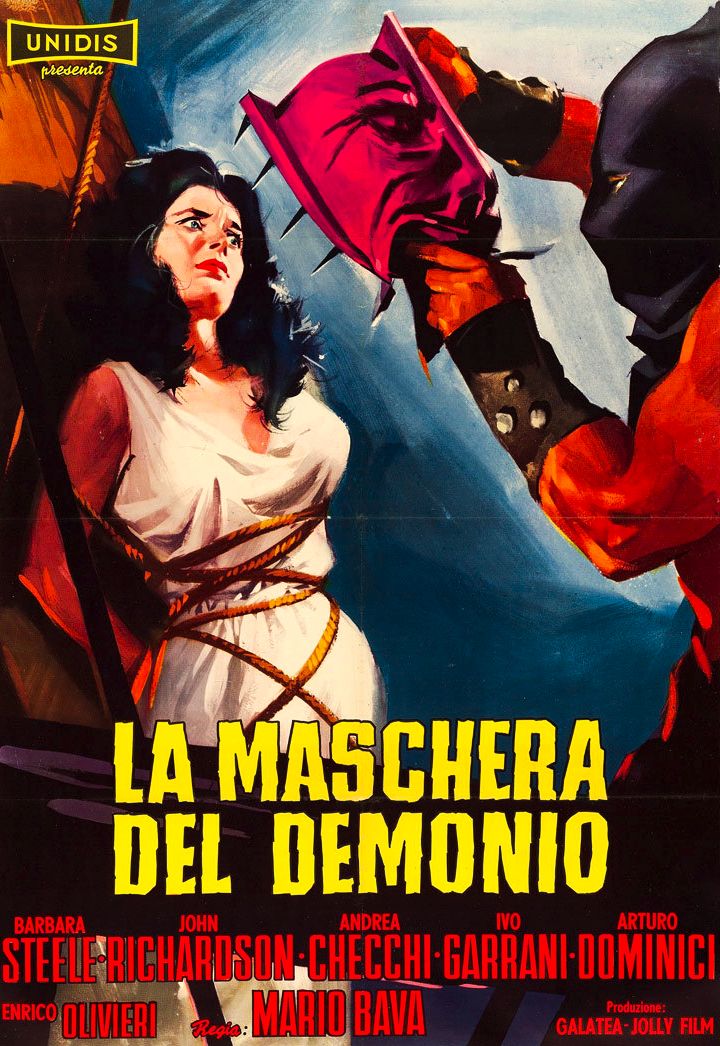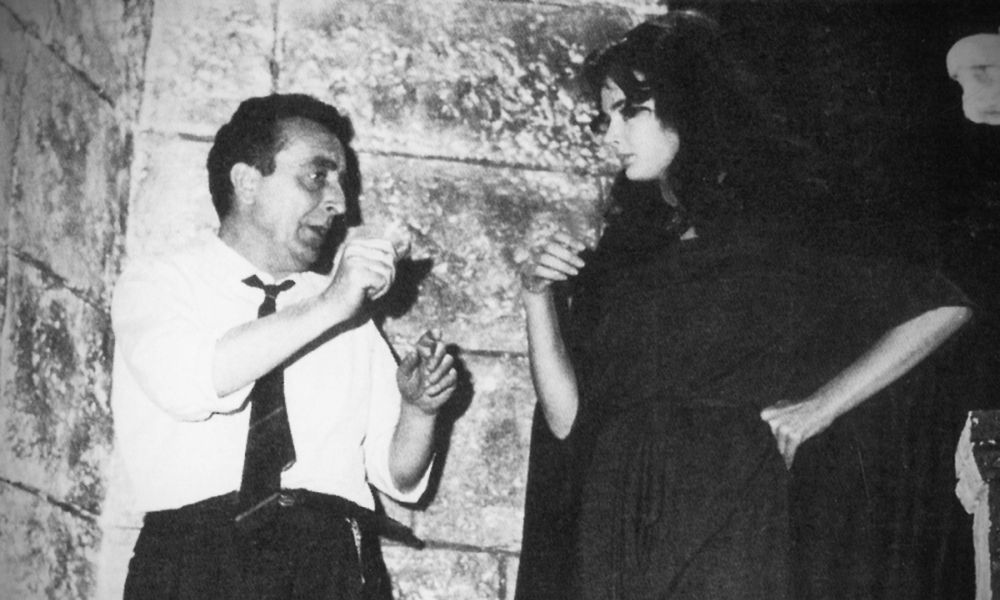"The acknowledged master of the continental horror film, a veteran cinematographer whose brilliantly conceived compositions, camera movements, and atmospheric trappings influenced directors Dario Argento and Martin Scorsese, among others." - Leonard Maltin's Movie Encyclopedia, 1995
Mario Bava
Director / Screenwriter / Cinematographer
(1914-1980) Born July 31, Sanremo, Liguria, Italy
(1914-1980) Born July 31, Sanremo, Liguria, Italy
Key Production Countries: Italy, France, Spain
Key Genres: Horror, Supernatural Horror, Gothic Film, Giallo, Thriller, Costume Horror, Psychological Thriller, Mystery, Slasher Film
Key Collaborators: Gustavo De Nardo (Character Actor), Antonio Rinaldi (Cinematographer), Mario Serandrei (Editor), Carlo Reali (Editor), Alfredo Leone (Producer), Ubaldo Terzano (Cinematographer), Romana Fortini (Editor), Stelvio Cipriani (Composer), Roberto Nicolosi (Composer), Carlo Rustichelli (Composer), Luciano Pigozzi (Character Actor), Harriet Medin (Character Actress)
Key Genres: Horror, Supernatural Horror, Gothic Film, Giallo, Thriller, Costume Horror, Psychological Thriller, Mystery, Slasher Film
Key Collaborators: Gustavo De Nardo (Character Actor), Antonio Rinaldi (Cinematographer), Mario Serandrei (Editor), Carlo Reali (Editor), Alfredo Leone (Producer), Ubaldo Terzano (Cinematographer), Romana Fortini (Editor), Stelvio Cipriani (Composer), Roberto Nicolosi (Composer), Carlo Rustichelli (Composer), Luciano Pigozzi (Character Actor), Harriet Medin (Character Actress)
"The son of silent film cinematographer and special-effects artist Eugenio Bava, Mario Bava studied painting and retained an artist's sensibility when he followed his father into film. Bava worked steadily as a cinematographer for some 20 years from the late 1930s shooting for such luminaries as Roberto Rossellini and Raoul Walsh. Bava shared his father's love for optical-effects work, and devised ingenious strategies to give inexpensive films a high-gloss look that belied their budgets." - Maitland McDonagh (501 Movie Directors, 2007)
"Bava is most appreciated by cultist followers in Europe who admire his tongue-in-cheek horror and science-fiction movies… He directed his first feature in 1961 and through the rest of the Sixties became noted not because of his direction or choice of subject, but rather for his use of dazzling sets, costumes and colours." - The Illustrated Who's Who of the Cinema, 1983

Blood and Black Lace (1964)
"Mario Bava took a vital role in the creation of the modern horror film. If there was to be a Mount Rushmore-style monument dedicated to four directors whose work pioneered a new form of big screen chills and thrills, those giant faces etched in granite on the mountainside would be: Bava, Alfred Hitchcock, Georges Franju and Michael Powell." - Martyn Conterio (BFI, 2016)
"Never given nearly as much credit for his many accomplishments as he deserved during his lifetime, this director of masterpieces in many different genres, who worked with low budgets under extremely stressful conditions, is only now beginning to elicit the praise and attention he so richly merits." - Steven Schneider (International Dictionary of Films and Filmmakers, 2000)
“Former cameraman who often photographs and writes his own films which are mainly ludicrous tongue-in-the-neck horror movies starring fading British and American stars. However, they are sometimes redeemed by a startling pictorial quality.” - Ronald Bergan (A-Z of Movie Directors, 1983)
"His first full direction credit was on Black Sunday (1960), which launched the career of British-born actress Barbara Steele as unquestioned star of the Italian horror film. Though he ventured into other genres, such as the peplum (Hercules in the Haunted World, 1961), it was in the mainstream Italian horror film - for instance The Whip and the Body (1963) and Black Sabbath (1963) - that his visual imagination and skill with lighting and decor were put to best effect." - Goffredo Fofi (Encyclopedia of European Cinema, 1995)
"Bava is a superb painter on celluloid, electrifying otherwise routine films by his colour and compositions: the vampires rising in billowing polythene shrouds from under their Dali-esque gravestones in Planet of the Vampires (1965), for instance, or the hero of Danger: Diabolik (1967) being showered with molten gold until he is transformed by spiky golden plumes into a Cocteau statue…. His restless, opportunistic style works best in his sub-Hitchcockian thrillers like The Evil Eye (1962) and Blood and Black Lace (1964), where the contemporary settings, with their expanses of glass and concrete, their glittering cars and fashion-model heroines, seem more attuned to his hard, lacquered style with its penchant for coldly sadistic oddities and laconically blood-bolstered shocks." - Tom Milne (Cinema: A Critical Dictionary, 1980)
Selected Filmography
{{row.titlelong}}
Mario Bava / Fan Club
Steven Jay Schneider, Filipe Furtado, Guilherme Martins, Kiyoshi Kurosawa, Joe Dante, Lorenzo Codelli, Dario Argento, Jeffrey M. Anderson, Edgar Wright, Tim Lucas, Gilles Gressard, Ricardo Bedoya.
Steven Jay Schneider, Filipe Furtado, Guilherme Martins, Kiyoshi Kurosawa, Joe Dante, Lorenzo Codelli, Dario Argento, Jeffrey M. Anderson, Edgar Wright, Tim Lucas, Gilles Gressard, Ricardo Bedoya.
"Fan Club"
These film critics/filmmakers have, on multiple occasions, selected this director’s work within film ballots/lists that they have submitted.
These film critics/filmmakers have, on multiple occasions, selected this director’s work within film ballots/lists that they have submitted.


